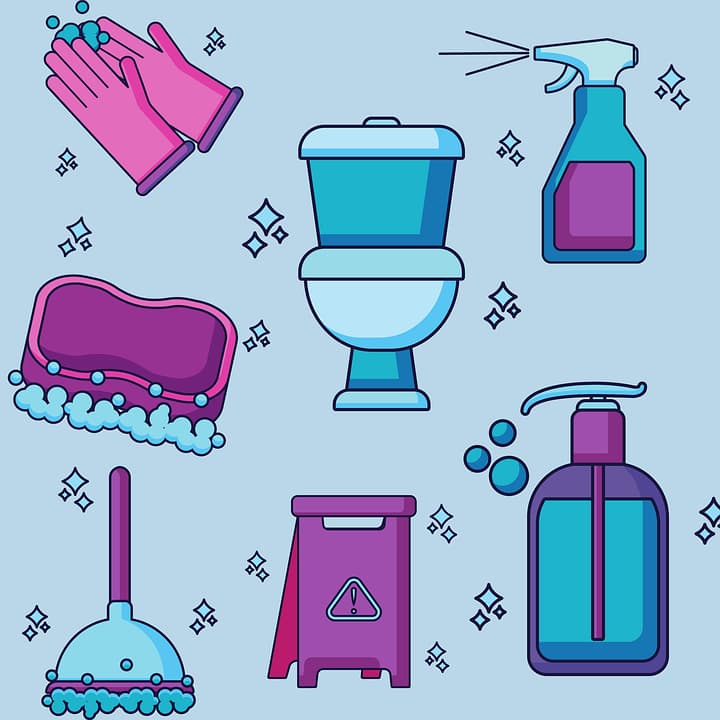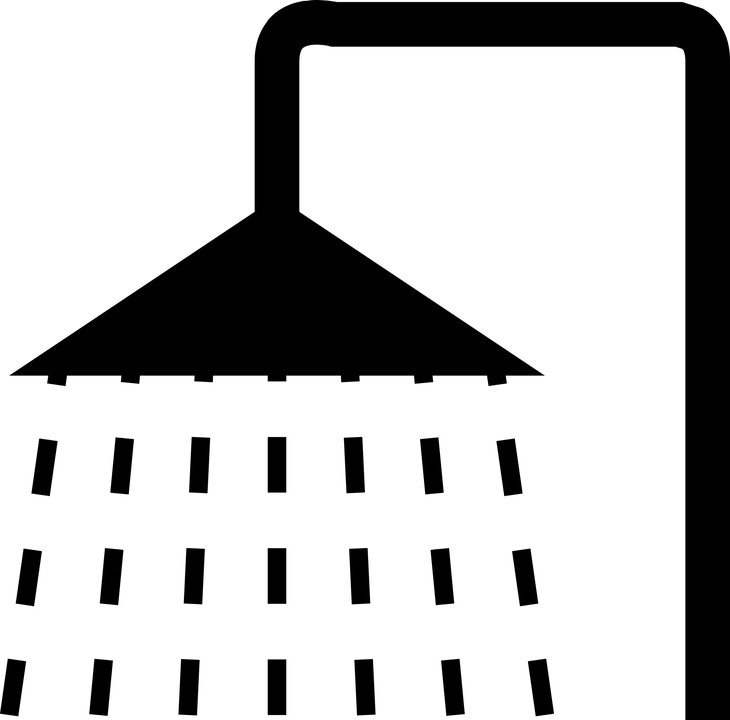Maintaining a clean and healthy environment is important, both for your home and your workplace. Many people don’t realize that they can perform many basic sanitation projects themselves, without spending a lot of money or hiring a professional. In this blog post, we will discuss some simple DIY sanitation projects that you can do to keep your environment clean and healthy!
Table of Contents

Toilet
Toilet cleaning is one of the most important, and unfortunately, one of the most neglected, cleaning tasks in many homes. You can clean your toilet bowl easily and effectively with some household cleaners and a little elbow grease.
First, remove any visible dirt or debris from the bowl with a brush. Next, add a cleaner to the bowl (we recommend using a natural cleaner like vinegar or baking soda) and let it sit for a few minutes.
Finally, scrub the bowl with a brush to remove any remaining dirt and grime. You should clean your toilet bowl at least once a week to keep it free of bacteria and other harmful contaminants.
At https://www.fastaccessories.com/bobrick-toilet-paper-dispenser/ you can find some tips for commercial restrooms. You will be provided with the necessary products for the project. Also, don’t forget to clean all the parts of the toilet, such as the seat, handle, and tank.
Bathroom Sink
Your bathroom sink sees a lot of use every day, so it’s important to keep it clean and sanitary. You can clean your bathroom sink easily with some household cleaners and a little elbow grease.
With a brush, remove any noticeable unwanted particles from the sink. After that, pour a cleanser into the sink (we suggest acid or hydrogen peroxide) and leave it to sit for a few minutes. Finally, use a brush to clean any leftover filth and grime from the sink. To maintain your bathroom sink free of germs and other dangerous toxins, clean it at least once a week.
Shower

Cleaning your shower regularly is important to prevent the build-up of dirt, soap scum, and mildew. You can clean your shower easily with some household cleaners and a little elbow grease. This will help you avoid having to call a professional later on.
If you have a tile shower, start by scrubbing the tiles with a brush and a tile cleaner. Then, move on to cleaning the shower door (if you have one) with a glass cleaner and a cloth. Finally, clean the shower floor with a mop or brush. If you have a plastic shower liner, be sure to clean it regularly as well to prevent the growth of mold and mildew.
Carpets
Carpets can collect a lot of dirt, dust, and other allergens over time. Vacuuming regularly is important to remove these contaminants from your carpets. However, you should also deep clean your carpets at least once a year to remove any embedded dirt and grime.
You can either hire a professional carpet cleaner or rent a carpet cleaning machine from your local hardware store. Be sure to follow the instructions carefully to avoid damaging your carpets.
Clean All the Dust
Dust can accumulate quickly in any home, especially if you have pets or live in a dusty area. Dust can cause allergies and other respiratory problems, so it’s important to keep your home as dust-free as possible.
You can reduce the amount of dust in your home by vacuuming regularly and dusting surfaces with a damp cloth. You should also declutter your home to reduce the amount of surface area where dust can accumulate.
No Smoking
Smoking inside your home is not only harmful to your health, but it can also stain your walls and ceilings. If you smoke, be sure to do so outside of your home to avoid leaving a lingering smell or unsightly stains.
When you smoke, cigarettes leave ash and tar that can adhere to surfaces and be difficult to remove. If you do smoke inside, be sure to open windows and doors to air out the smoke as much as possible.
Cleaning the Kitchen
The kitchen is one of the most important rooms in your home to keep clean. This is because it’s where you prepare food, and if it’s not clean, you could end up making yourself sick. To clean your kitchen, start by washing all of the dishes. Then, wipe down all of the surfaces with a disinfectant.
Be sure to pay special attention to the stovetop and oven, as these are typically the dirtiest areas in the kitchen. Next, sweep and mop the floor to remove any food or dirt that has been dropped. Lastly, empty out the trash can and wipe it down with a disinfectant.
These are just a few of the many DIY sanitation projects that you can do to keep your home or workplace clean and healthy. By taking some time to clean regularly, you can avoid having to call a professional later on. And, best of all, you’ll save money by doing it yourself! Thanks for reading and we hope this was helpful.




